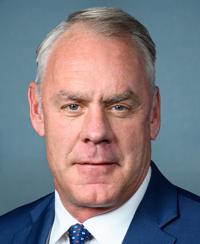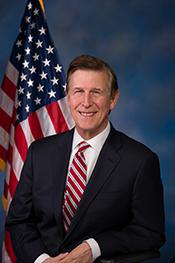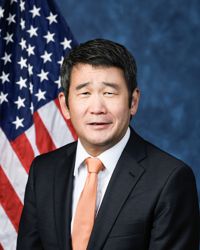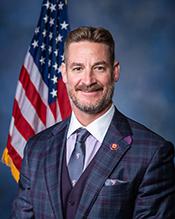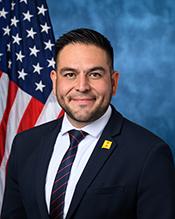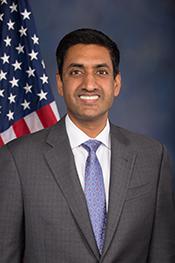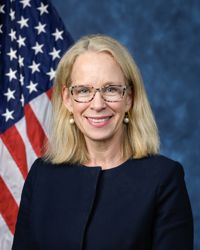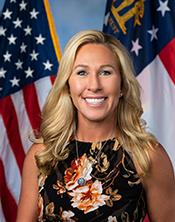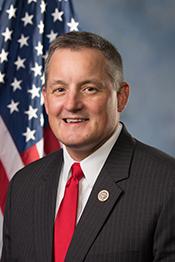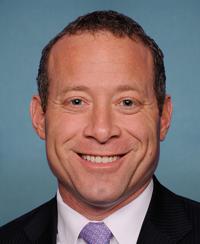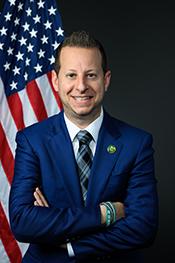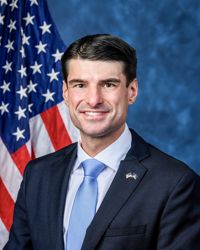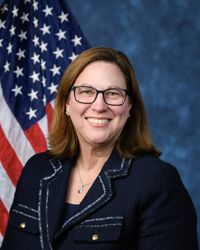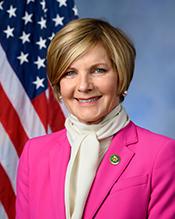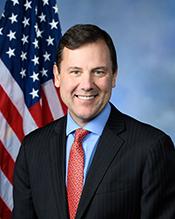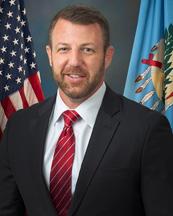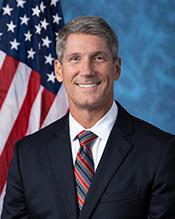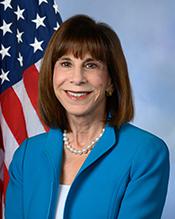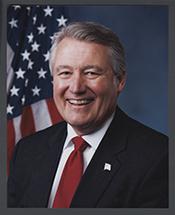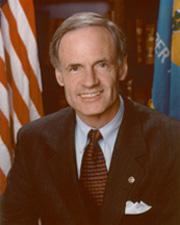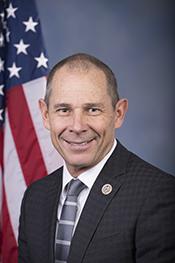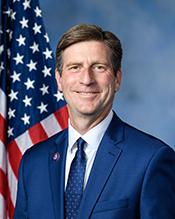H.R. 717: Wildlife Movement Through Partnerships Act of 2025
This bill, known as the Wildlife Movement Through Partnerships Act of 2025, aims to enhance the movement and migration of wildlife, particularly big game, by establishing a framework for financial and technical assistance. Here is a summary of its key components:
Purpose
The bill is designed to improve connectivity for wildlife by enhancing habitat quality in designated movement areas. It focuses on:
- Identifying and conserving areas where wildlife, especially migratory big game, frequently move.
- Coordinating efforts with existing federal initiatives aimed at improving habitat quality for wildlife.
Key Programs Established
Wildlife Movement and Movement Area Grant Program
The bill creates a grant program that will:
- Fund projects to improve or conserve habitats in designated wildlife movement areas.
- Encourage partnerships between eligible recipients (e.g., state agencies, Indian tribes, and nonprofit organizations) to secure habitats and implement conservation measures.
State and Tribal Migration Research Program
This program will provide funding directly to state and tribal fish and wildlife agencies for:
- Collecting and analyzing data on wildlife movement and habitat management.
Grant Administration
Grants under the program will be administered by the National Fish and Wildlife Foundation, which will:
- Issue requests for proposals for habitat improvement projects.
- Prioritize funding for projects that enhance connectivity for big game.
- Provide up to 90% federal funding for eligible projects, with some flexibility for projects benefiting historically disadvantaged communities.
Reporting and Oversight
Every two years, the foundation will submit reports on funded projects to evaluate their contributions to conservation. The bill also includes provisions for appointing coordinators to ensure effective program implementation and inter-agency cooperation.
Funding Authorization
Funding will be authorized for the program for the fiscal years 2026 to 2031, with specific allocations to ensure that at least 50% of the funds are dedicated to big game habitat projects.
Regulatory Framework
The act clarifies that:
- No funds can mandate non-voluntary changes on private lands related to agriculture or livestock.
- The act will not alter the management authority of states or tribes over wildlife, nor affect property or privacy rights of landowners.
Additional Measures
The bill mandates the continuation of the U.S. Geological Survey's efforts in mapping wildlife corridors and assessing their characteristics, while taking care to protect sensitive information regarding wildlife habitats.
Relevant Companies
- PLNT (Planet Fitness, Inc.) - As a company with locations in natural environments, improved wildlife corridors could enhance the appeal of certain areas for its customer base, directly impacting its business strategy.
- NKE (Nike, Inc.) - Nike's focus on sustainability and environmental responsibility could align with the goals of habitat conservation and wildlife movement support, which may influence its corporate social responsibility initiatives.
- SBUX (Starbucks Corporation) - Starbucks has been known to engage in community and environmental initiatives. The company's sourcing and supply chain strategies could be affected positively by enhanced local biodiversity and ecosystem health.
This is an AI-generated summary of the bill text. There may be mistakes.
Sponsors
5 bill sponsors
Actions
2 actions
| Date | Action |
|---|---|
| Jan. 23, 2025 | Introduced in House |
| Jan. 23, 2025 | Referred to the House Committee on Natural Resources. |
Corporate Lobbying
0 companies lobbying
None found.
* Note that there can be significant delays in lobbying disclosures, and our data may be incomplete.
